Typology of the Cops in the Movies
The image of the policeman is appealing to cinema and television because of the many possibilities in the plot that this profession gives . A detective, uniformed or undercover, for this character moral clashes are part of things, and the bitter truths behind them are equally inevitable. However, a more general typology of the screen cop can be made, along with the best movies and acting performances on the subject.
The grandfather of all the cops
These are the first known images of the cop in popular culture. Literary characters such as Philip Marlowe and Sam Spade become stars first from the pages, and then from the big screen between the 30s and the 50s of the 20th century. In their very nature their character is highly fictitious and is distinguished by devilish composure, heavy smoking and a good sense of humor while the character is in the middle of the sins of society. He knows them well because they are his craft. He's a hardy man, not a sergeant fighter like action cops, and his quick thought saves the need to give away so many fists. And yes, she's always involved with a beautiful, fat woman. Perhaps, precisely because it is so clichéred, the noir genre is actually the basis of many of the action-packed and thriller films known to date.
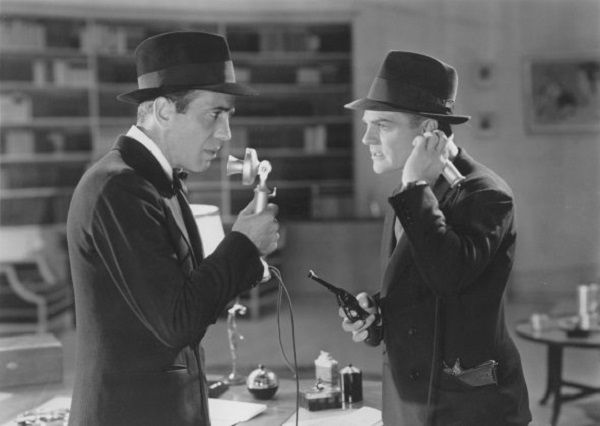
1938 gangster drama "Angels with Dirty Faces."
When it comes to actors in such roles, the first name that comes to mind is that of Humphrey Bogart. Most of his crippled men are heavy-eyed men, horrified by the reality of life between law and crime, but they are uncompromising. Such is his reincarnation at Sam Spade in The Maltese Falcon. The project is on a firm footing - the script is based on Dahl Hammet's eponymous book. Hammet himself is an interesting person - a former detective who later gains fame and money as a writer and screenwriter, he is a proven master in the noir style. The film was released in 1941, received three Oscar nominations, and remained in the cinema as a model for the noir cinema. In 1946, Bogart made another reincarnation in the same type of character, but he's already said ... Philip Marlowe. The Big Sleep scenario is based on the eponymous novel by Raymond Chandler, who is the other most famous novel writer. The character's character and the characteristic atmosphere have a huge impact on cinema in the coming decades, one of the best examples of which is Roman Polanski's "Chinatown". The film, which allows the character of Jack Nicholson to reveal the tangled case while giving away some of the sly smiles, was candid noir interpreted language in the style of 70s. This brings him 11 nominations and one Oscar for a screenplay in 1974, and over time "Chinatown" becomes a Hollywood classic. In 1990, the sequel was released - "The Two Jakes".
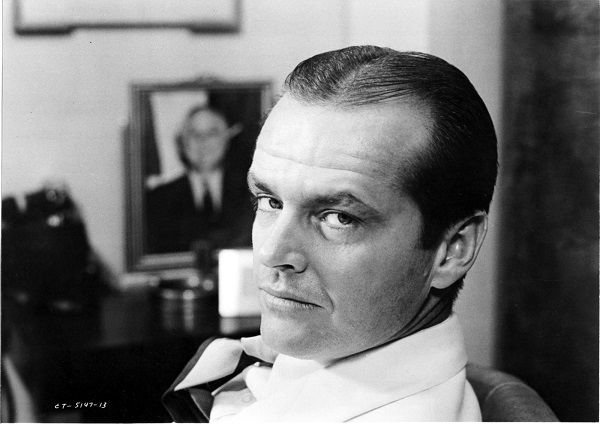
Jack Nicholson as Jack Gittes in Chinatown
The silent cop
A silent, cold as a gun man who keeps the law at all costs and in all possible ways is an overexposed image. Clint Eastwood plays it in spaghetti westerns, plays it in "Dirty Harry". The first film in the series was released in 1971 and won great popularity because its plot is somewhat based on real crimes Zodiac - one of the most grisly serial killers in the United States, which never captured. Eastwood's performance is another role with a stone expression that brings Hollywood glory to him, and Dirty Harry is produced with four sequels, and practically becomes a visual image of police films. The typical for this type of cop is that it is not a freelance detective, but a police inspector who acts as a freelance detective. He's more harsh than the noir cop, so he often has to hand over his pistol and badge to his boss. Eastwood, however, did not find the warm water of that character. As early as 1968, Steve McCain made it in Bullitt - a cool, dangerous item with a pistol in his hand and a badge in his back pocket. Frank Bulit likes fast cars and when he hits badly, all San Francisco knows this. In the order of things, "Bullitt" is one of the first scenes of car chases and paves the way for Dirty Harry as well as an avalanche of police films after him.
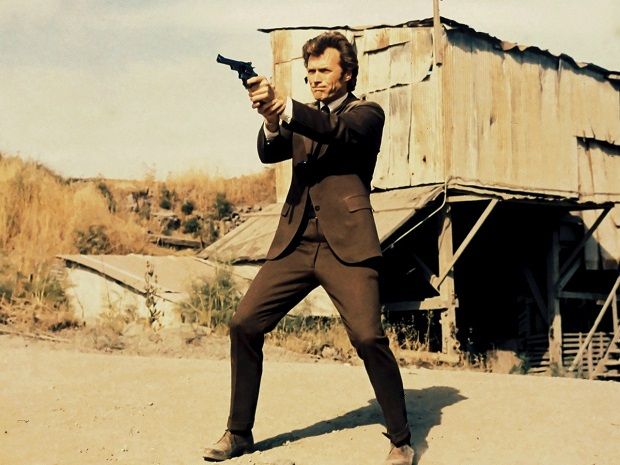
Clint Eastwood as Dirty Harry in 1971.
The funny cop
This type of character is known to everyone who remembers what cinemas were broadcasting televisions and, above all, cable cars in the 1990s. There was hardly a night in which no television comedy was on any television, and actors such as Bruce Willis and Mel Gibson made careers with them. Action comedies use many elements of classical noir and police films, but here the comedy element is brought to the fore and this increases the audience of this genre. The typical policeman here is that the absurd situations in which he appears only nurture his image while he does not miss stalling with a laugh before laughing the last. Just because no one else survived. The first film of the series "Lethal Weapon" was released in 1987, creating the feeling that there have always been movies about the two cops who exchange witches between bullets. Mel Gibson and Danny Glover are not the first actors to play such characters, but they are the first to be funny as they are dangerous on the screen. It appeals to the audience and the film gets three sequels and TV series. But if Riggs and Murto are two against the bad guys, there is a screened policeman who grumbles them with a pistol and joke. John McClain is that guy in the white vest that smudges him out of battle in every part of Die Hard, but he always literally returns stronger than before. The first part of the series came out in 1988 and instantly transforms television star Bruce Willis into movie star Bruce Willis. Interestingly, this film was made in 1968 with the participation of Frank Sinatra. Sinatra was invited to play in a remake, but he refused. Better - do you imagine Frank Sinatra on a vest?
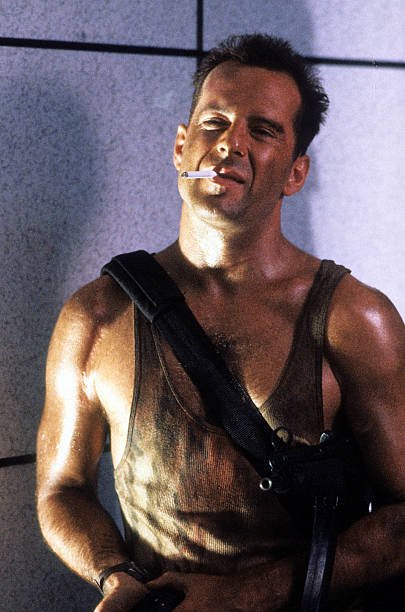
Bruce Willis In 'Die Hard'
The non-cop
The topic of the undercover cop is a major motive in many films because it enables the story to unfold on the sloping surface of moral dilemmas. The undercover cop must play under the primitive laws of the underworld, while at the same time serving the order and the law. It is important for this character to remain under cover, as his identity and moral strength inevitably begin to dissipate. This description, however, does not exhaust the character, because its potential is bigger than the other screen cops. One of Al Pacino's most memorable roles is such a character. "Serpico" was released in 1973 and has everything he needs to become a classic - a great actor and a script based on a real case for a cop who turns to his pack. The real Frank Serpico has been undercover for many years in the streets of New York, where he sees all the possible schemes between criminals and policemen. When he decides to expose his corrupt colleagues, the system turns against him and this leads to one of the most noisy processes in American history.
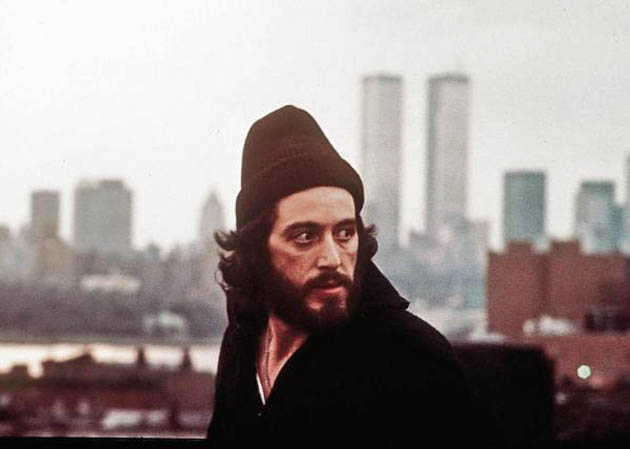
Al Pacino in Serpico
Similar, but not quite, is the stake in Donnie Brasco. Al Pacino is also featured in this film, but not as a cop, but as the mafioso who puts it in the ranks without feeling. The kid here is Johnny Depp, who plays Joe Pistone, an undercover FBI agent infiltrating Donny Brass in one of the gangster families in New York in the 1970s. Over time, the policeman understands that, in order not to be revealed, he has to act as a real mafia, and his mentor (Al Pacino) has been in a deadly trap from the very beginning. The film is adapted to the book by Agent Joe Pistone himself. In a similar but not the same situation, Billy Costigan emerged in The Departed. The character of Leonardo DiCaprio is a cop, introduced into Frank Costello's (Scotland) Nicolasson's Irish batch. Matt Damon is the man of the mafia who spies on the police. The film won 4 Academy Awards in 2006 and is one of the classics of director Martin Scorsese.
The Fallen Cop
This kind of screen cop has lost the battle with him. Too much time in the streets, too long in touch with quick but bloody money and too much power that comes from the badge, does not affect some people well. Perhaps the best example of a fallen cop is the incarnation of Harvey Keitel in an unnamed Bad Lieutenant policeman. The film came out in 1992 and reveals the wide palette of sins that a guardian of the American ghetto might accumulate in the late 1980s. Keitel's character gets bogged down in greed, drugs and debauchery with remarkable purposefulness and self-esteem. Eventually, he gets his bill, but not before he has repented with the last dirt left of his soul. In 2009, many have decided that Werner Herzog's "Bad Lieutenant: Port of Call New Orleans" is a sequel or remake, but the director dismisses these claims, even though he uses a corrupt policeman as a protagonist. And Nicholas Cage just does not have the chance to look so vilely corny as Harvey Keitel. But the Scottish film "Filth" raises the bar, however unbelievable it may sound. Or rather, it's down, because the cop, Bruce Robertson (James McAvoy), is the worst bastard in the Edinburgh police. It is hard to describe all the malicious, inferior, abominable and psychopathic metamorphoses through which this character passes, but one is certain - it reaches the most unheard of lowlands, where even the most frivolous bad guys do not come forward. All of this is recreated with a playful black humor inherent in Scottish cinema.
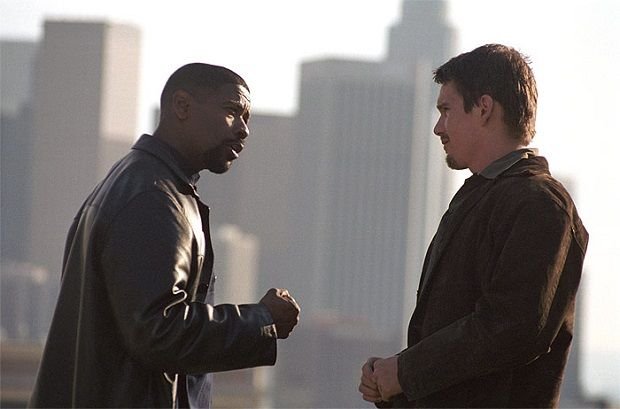
Denzel Washington, Training Day
The third best example of this kind of screen cop is Denzel Washington's charcter in Training Day. The film tracks 24 hours of the life of two Los Angeles drug police officers, but the veteran in the factory has succumbed to the temptation to be the king of the concrete jungle. "Training Day" became a hit after her 2001 release, Washington won an Oscar for best male role, and Ethan Hawk was nominated for a supporting role.
The Cop Of The Future
The cop of the future is a collection of all that has been described so far. The fact that it exists in the future, however, gives him the opportunity to ruin criminals in remarkable futuristic landscapes, and the question of how much humanity will eventually be brought to the end? One of the best examples of such a character is Decard from "Blade Runner" (1982).
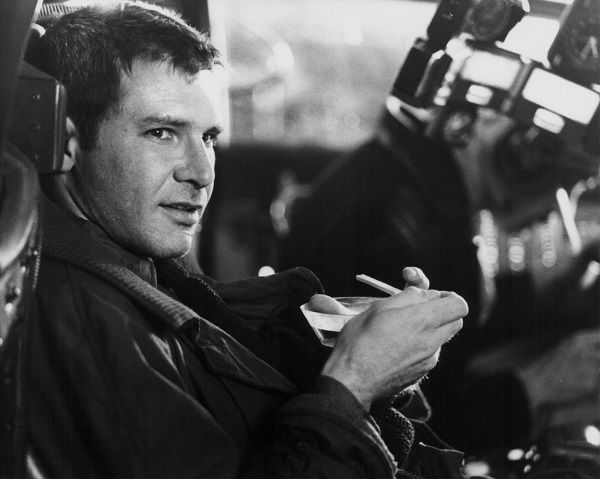
Harrison Ford in Blade runner
The character of Harrison Ford is taken from the classical noir literature and placed in the 2015 dystopia of Los Angeles, giving him a remarkable style and class. The specific noir atmosphere of the future makes the movie a classic that has been extended in 2017. Ford also participates in the "Blade Runner 2049", but the chief role of the replica hunter hunter is entrusted to Ryan Gosling. Another story-telling film by fiction writer Philipe Dick puts a cop of the future in an even more unusual situation. In the Minority Report (2002), Tom Cruise's character is Chief of the Crime Prevention Department, chased by the system he represents. Steven Spielberg's film is spectacular and dynamic, while it is based on philosophical questions that are characteristic of Philippe Dick's work. Probably the most classic cop for the future, however, is the work of Paul Vernon. "RoboCop" was released in 1987 and tells how in the future Detroit is trained by crime and corruption. Officer Alex Murphy (Peter Weller) was murdered by a band of criminals, but was returned to life as a super cyborg policeman, known as Robocop. The film has two sequels, a remake and a TV series.